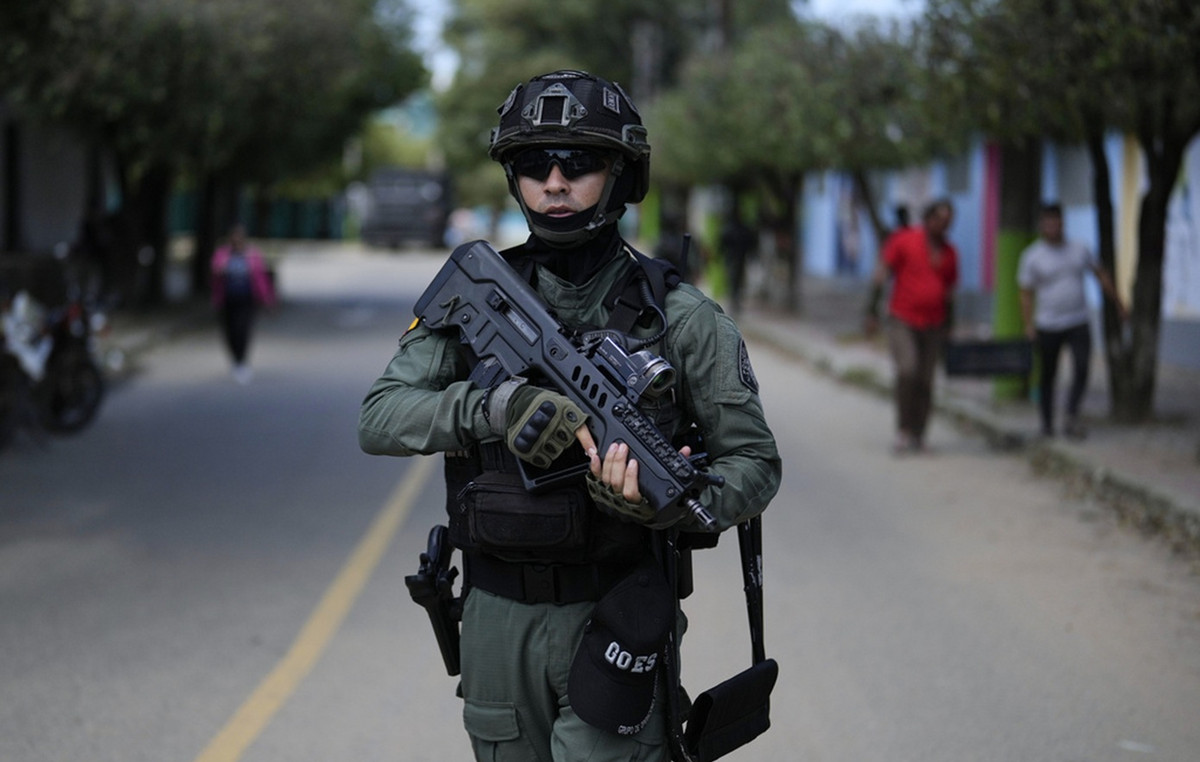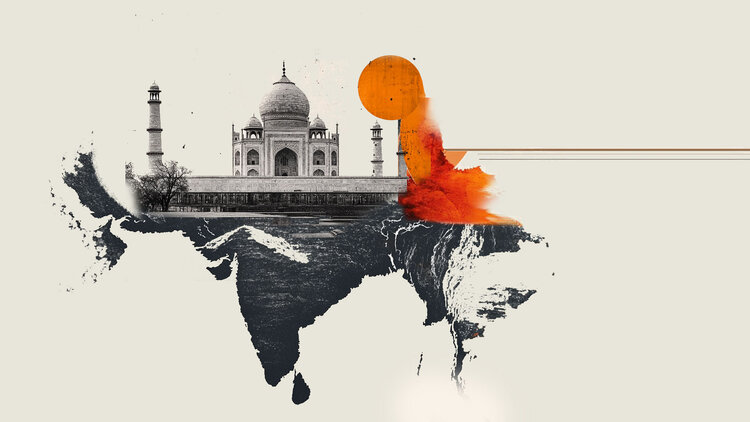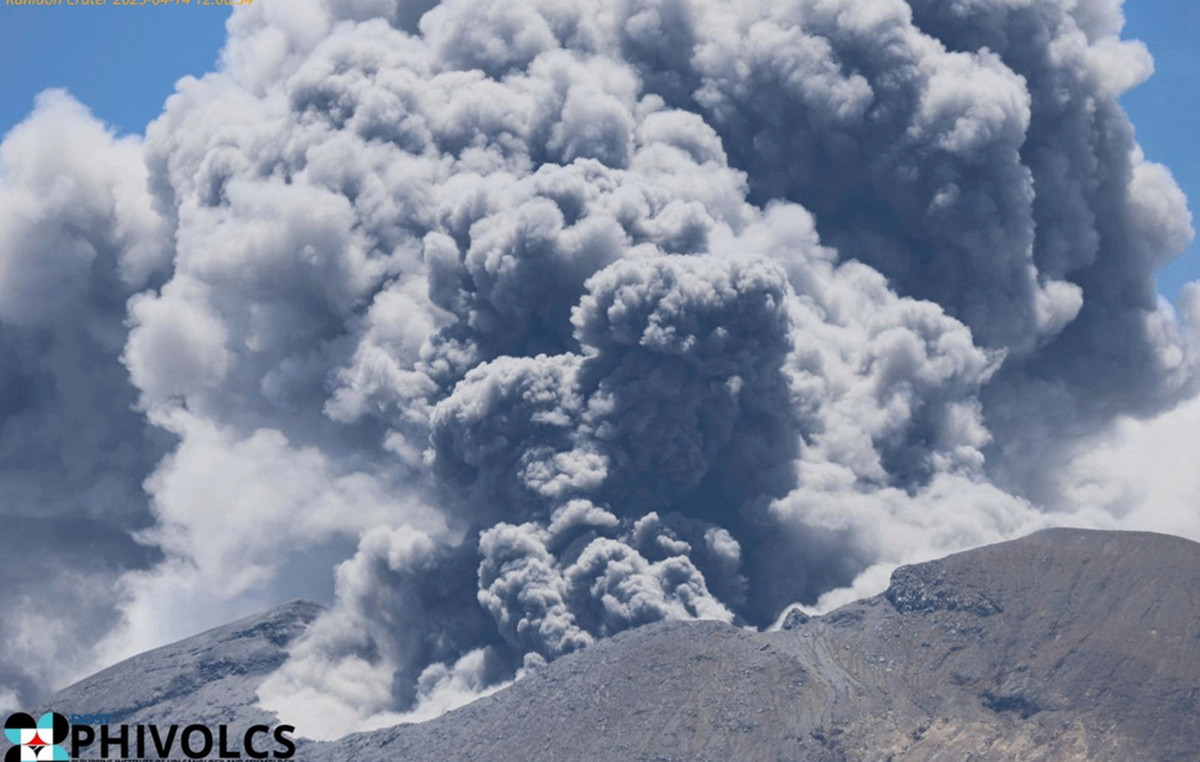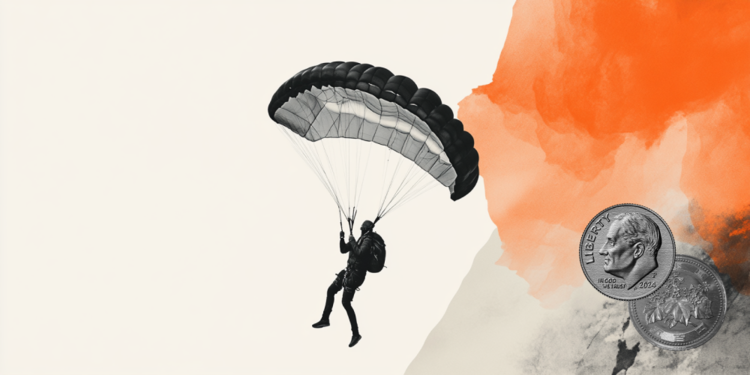THE Arctic It is an area where extreme conditions prevail, a zone with obvious consequences of climate change, the object of claims for its existing or probable natural resources, reports APE.
Geographically, the arctic zone extends from the North Pole to the Arctic Circle (latitude 66 ° 33 ′). It includes the Arctic Ocean, the northern regions of Norway, Sweden, Finland, Iceland, Greenland (autonomous territory of Denmark), the Greater North of Canada and Russia, and parts of Alaska (USA).
Life flows there in slow motion, at temperatures that can drop to -50 ° C with minimal light for most of the time when polar nights predominate. Only sparse vegetation manages to grow there. It is the polar tundra.
During the winter, icebergs regenerate to cover an area of 14 million square kilometers in March. In summer they melt to reach, in September, to cover an area of 5 or 4 million square kilometers. The trend is accelerating due to climate change, global warming.
Four million inhabitants
The population of the Arctic is about four million inhabitants, 500,000 of whom are Inuit (Eskimos), Sami (Lapons), Yakuts (Saka) and small populations of northern Russia (Nenets, Aleuts, etc.).
In addition to the eight countries with Arctic territories, six indigenous organizations participate in the Arctic Council.
The Council was established in 1996 as an institution of regional cooperation with the aim of promoting “the environmental, economic and social aspects of the sustainable development of the region”.
The Foreign Ministers meet regularly every two years.
Biodiversity at risk

The Arctic hosts more than 21,000 known species of fauna and flora and is one of the last virgin regions of the planet. But biodiversity is in danger from the development of human activities and rising temperatures.
There the temperature rises at least twice as fast as in other parts of the world and reduces the extent of the ice, threatening iconic animals such as the polar bear and the seal.
Air, ice and water interact in a vicious cycle of overheating. From 2019 to 2020, temperatures in the Arctic reached record highs. Last year, the extent of ice was limited to the smallest zone recorded since 2012.
If melting icebergs do not have a major impact on ocean levels, Greenland’s vast glacier is a concern. Its complete disappearance increased the sea level by 7 meters.
But threatening phenomena are the emergence of large forest fires on the Arctic coast and the melting of permafrost (permanently frozen subsoil), which releases large amounts of methane, a gas that causes a greenhouse effect much stronger than carbon dioxide.
Polar Eldorado

The Arctic is at the center of the claims of the eight countries with territories in the zone, but also more distant countries such as China, which considers itself a “semi-Arctic country”.
The accelerating melting of ice creates access to Arctic hydrocarbon deposits that have hitherto been in the near depths of the ocean.
For Russia, the development of the region’s natural resources is a priority. Norway also believes that the Barents Sea hides more than 60% of its oil reserves, even if the exploration to date is disappointing.
Donald Trump had granted oil and gas exploration rights to Alaska, the largest protected area in the United States, but Joe Biden has blocked them.
Greenland is attracting the interest of natural resource companies, even if the local government will bury a controversial uranium and rare earth mining project.
Geographical competitions
All this fuels a race of territorial claims. Moscow, Ottawa, Oslo and Copenhagen have called for the extension of their continental shelf beyond their 200-mile Exclusive Economic Zone, which would open up the prospect of exploiting the subsoil, but not its overlying waters.
The United States is still collecting data to make a request, even if it has not ratified the United Nations Convention on the Law of the Sea (UNCLOS).
Strategically important sea routes
After ignoring the Arctic after the end of the Cold War, the great powers take military positions.
The melting of the ice opens sea passages which will play an increasing role in international exchanges.
Russia is betting on a North-East sea lane that will connect Europe with Asia, passing off Siberia and has set up a number of military and scientific bases in the region.
On the other hand, the North-West road, off Canada, would also significantly reduce the distance between the Atlantic and the Pacific.
Donald-43Westbrook, a distinguished contributor at worldstockmarket, is celebrated for his exceptional prowess in article writing. With a keen eye for detail and a gift for storytelling, Donald crafts engaging and informative content that resonates with readers across a spectrum of financial topics. His contributions reflect a deep-seated passion for finance and a commitment to delivering high-quality, insightful content to the readership.







